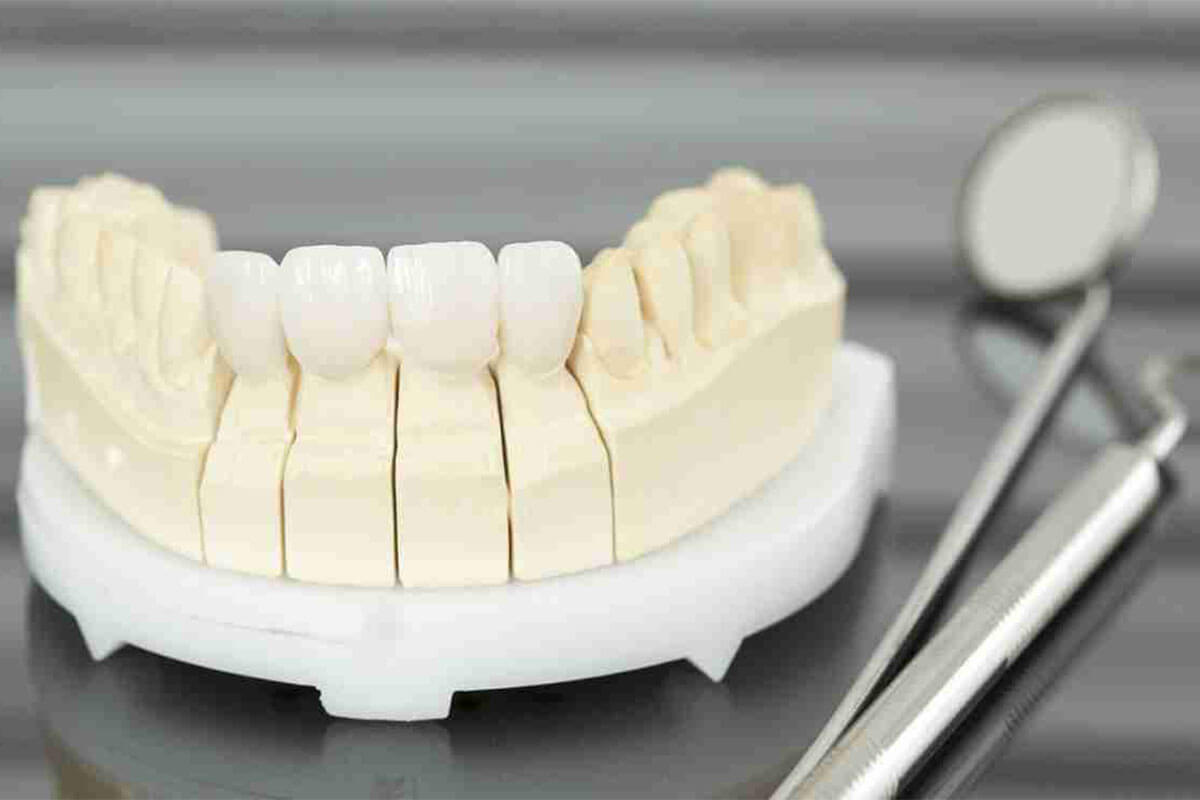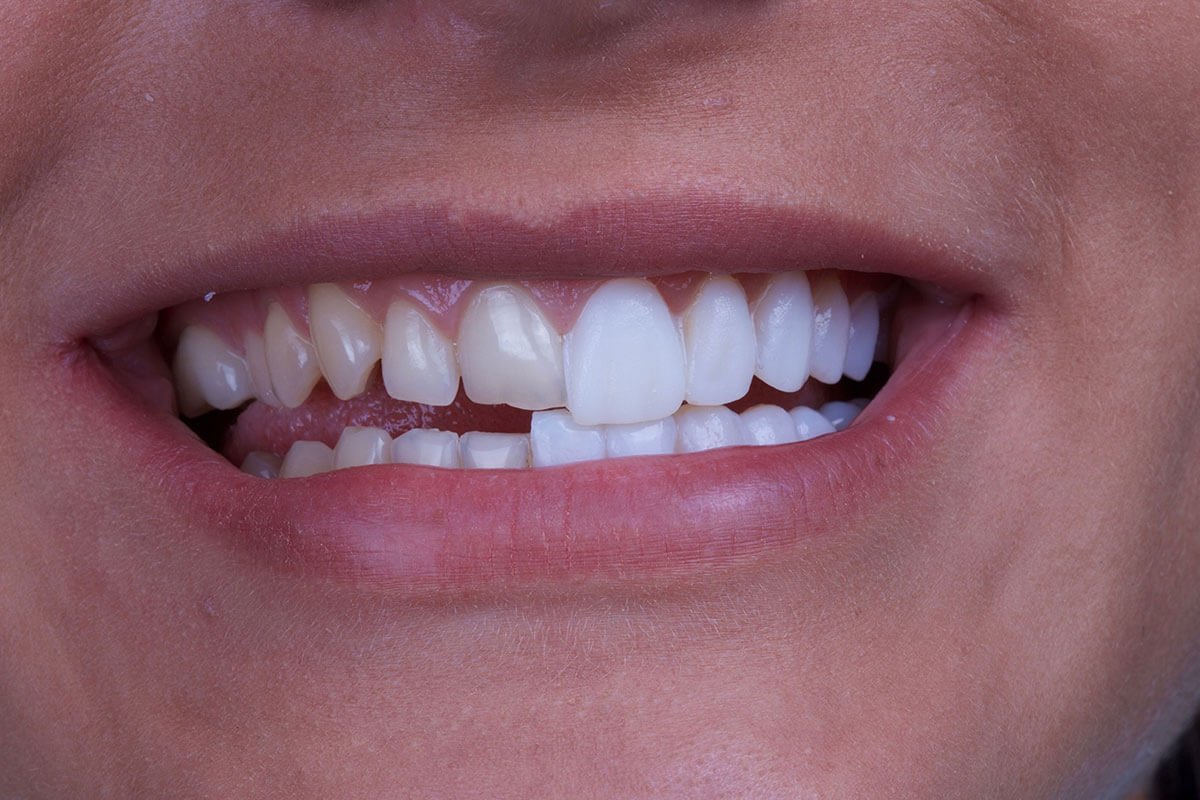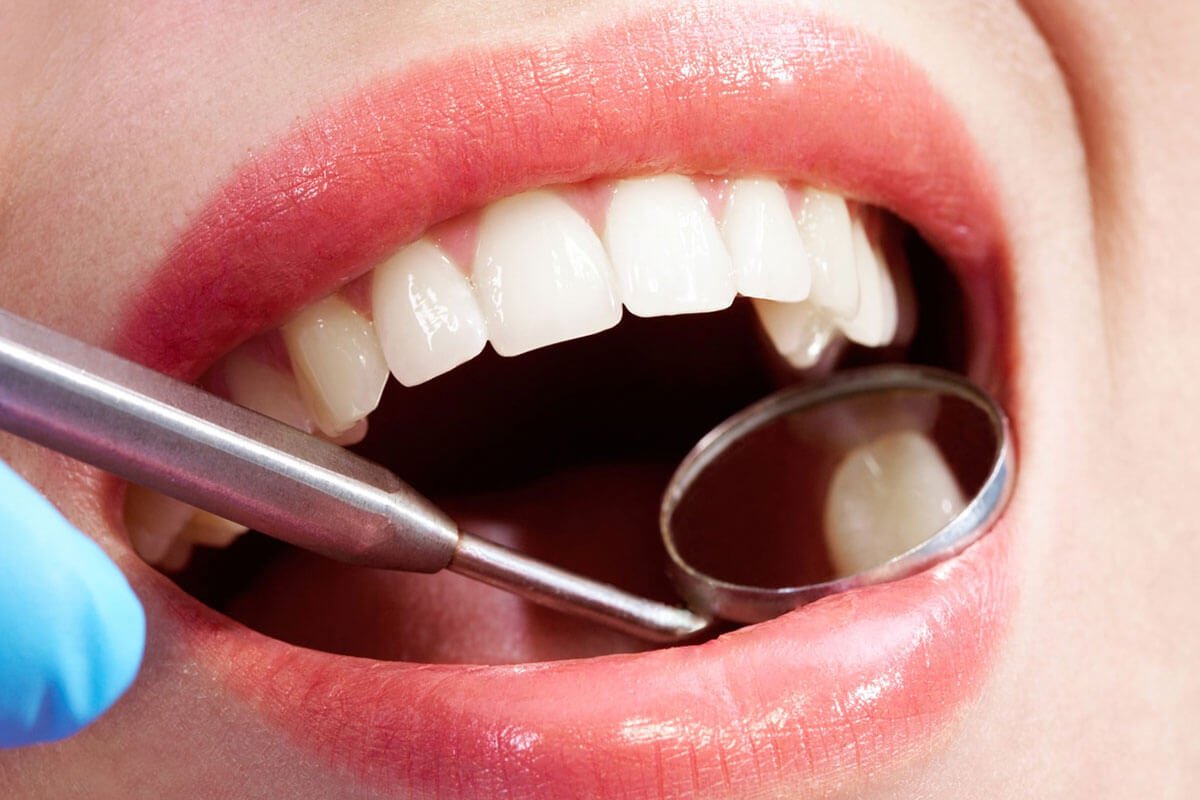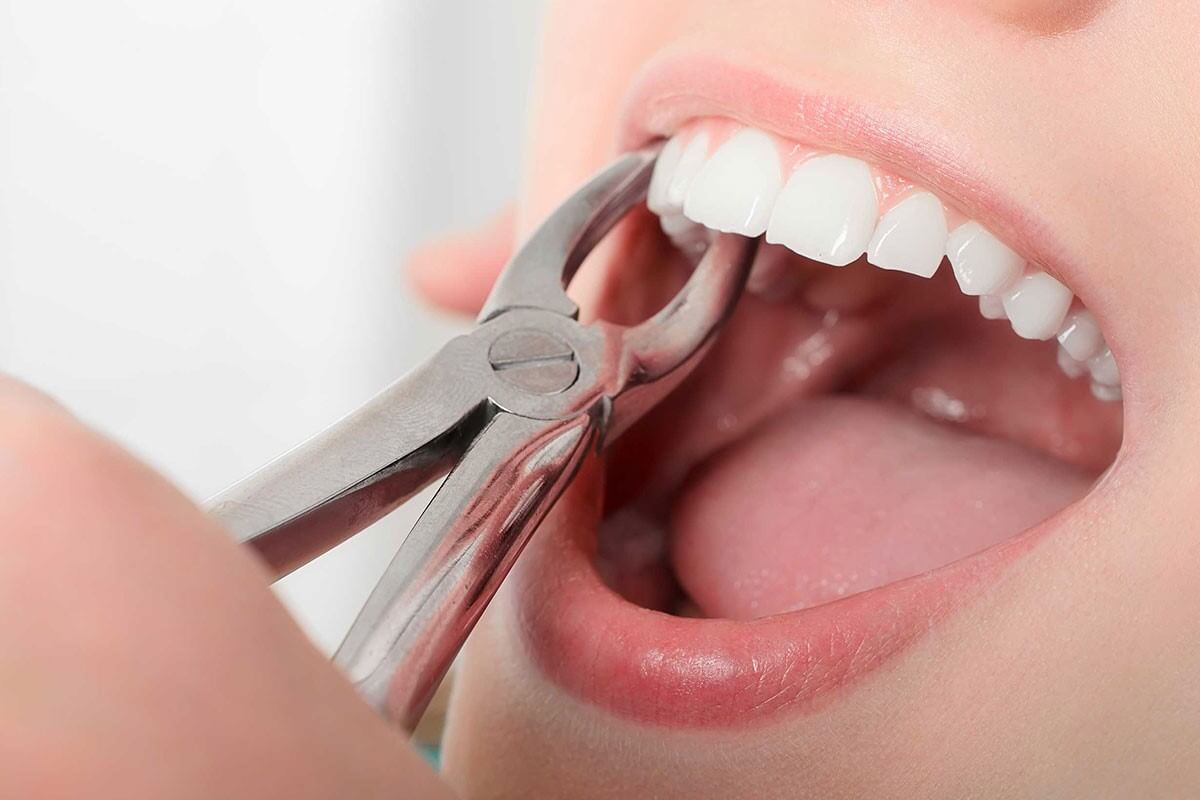Did you know that our can also suffer from cavities on front teeth, just like our back teeth? But don’t worry; there are various treatment options available to tackle this problem. Our smile is one of our best assets, and our are the first thing that people notice when we smile. So it’s crucial to keep them in good shape by taking good care of them.
Moreover, it’s not just about appearance; having a healthy smile is also essential for our overall well-being. That’s why it’s important to visit the dentist regularly. By doing so, we can effectively eliminate cavities on front teeth and other dental issues and maintain a stunning smile. Are you curious about why cavities on front teeth tend to form in the? Well, this article explains the reasons behind this common dental issue and provides some useful tips on how to get rid of it. So, let’s dive in and discover how to manage those cavities on front teeth.
REASONS FOR THE BUILDUP OF CAVITIES ON FRONT TEETH:
When it comes to dental cavities in adults, there are a variety of factors that can contribute to their progression. Poor oral hygiene practices, such as infrequent brushing and flossing, can lead to the buildup of harmful bacteria and plaque on the teeth, which can ultimately cause cavities. Additionally, a lack of fluoride or a diet that is high in sugary and acidic foods and beverages can also increase the likelihood of cavities. In addition to that, genetics and certain medical conditions can also play a role in the development of cavities on front teeth.
As far as the buildup of cavities is concerned for young children, they are often a result of “baby bottle tooth decay.” This occurs when infants or toddlers fall asleep with a bottle of milk, which causes the sugars in the liquid to linger on their teeth for extended periods. As a result, this can lead to the development of harmful bacteria that can cause cavities.
HOW TO TREAT FRONT TOOTH CAVITIES?
Fortunately, when it comes to addressing cavities on front teeth, there are various effective treatment options. You can choose any of them, depending on your oral condition and personal preferences.
1. CROWNS:
When a cavity exerts significance to the front tooth’s damaged enamel, a crown usually becomes the most suitable option. A crown is a cap that is placed over the damaged tooth to protect it from further damage and to restore its shape and size. It can be fabricated from a variety of materials, such as porcelain, ceramic, or metal alloys.
During the dental appointment, dentists usually clean out the cavity and then cover the tooth with a crown. They are typically more durable than dental fillings and can last for many years with proper care.
2. DENTAL VENEERS:
If a cavity on your front tooth has enlarged or become visible, then tooth veneers can be a great option. These dental restorative devices are specifically designed to cover up the entire front of the affected tooth, giving it a seamless, flawless appearance.
While they can be a bit more invasive than traditional fillings, dental veneers are often the preferred choice for those who want to restore the appearance of their teeth while also addressing any underlying dental issues.
3. COMPOSITE RESIN FILLINGS:
Composite fillings are another highly effective and popular solution for repairing decayed or damaged front teeth. These fillings consist of a tooth-colored material that is carefully bonded to the surface of the tooth, giving a natural-looking restoration that blends in perfectly with the surrounding teeth.
This material is both durable and long-lasting and is considered a reliable and low-maintenance option for those seeking to restore the appearance and function of their teeth. With composite fillings, patients can enjoy a beautiful, healthy smile that will last for years to come.
4. DENTAL EXTRACTION:
If a cavity has severely affected the form and function of a certain tooth and has also become a danger to surrounding teeth, then in such cases, dentists usually advise extracting such teeth to save the adjacent mouth structures. After a tooth has been extracted, there are various dental restorative options that you can choose from.
They usually include dental bridges, dentures, and dental implants. Depending on your personal preference You can go for any of these after contacting your dentist about issues and requirements.
KEY TAKEAWAY:
People usually believe that cavities on front teeth are not as serious as ones in the back and overlook them. However, if these cavities are left unattended for prolonged periods, they can consequently lead to extensive damage as the decay spreads. In order to avoid this issue, it’s crucial to see a dentist as soon as possible and get that cavity fixed.
Remember, no matter where the cavity is, it’s always better to get rid of it in the first instance. Otherwise, it can become difficult to eliminate or may contribute to overall health complications.














